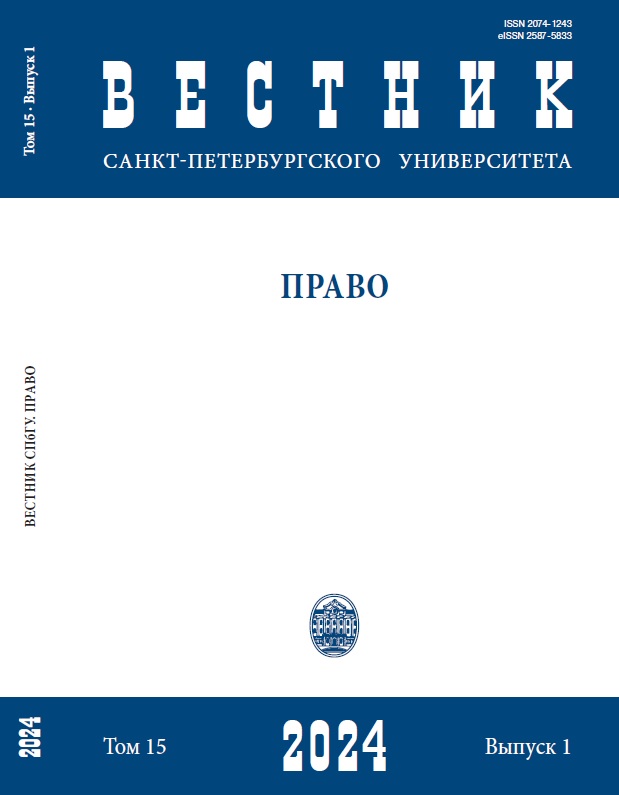The Role of predictive policing in predicting spatio-temporal crime mapping
DOI:
https://doi.org/10.21638/spbu14.2024.112Аннотация
Since the modern criminology critically reviews the contribution of socio-environmental factors to the crime mapping in terms of their spatio-temporal distribution, a statistical/machine learning technique namely called the risk terrain modelling (RTM) is currently being used as a software solution to diagnose the socio-environmental conditions that lead to crime in a specific area’s geography (Study Area), through geospatial and temporal analyses of crimes by linking them to hotspots and analysing them into big data (criminal data), and as a result, appears the new predicting patterns of risks in geographical area under survey (Survey Area) in future, all that for a sake of a rapid and effective response by the Predictive Police, firstly, for setting the priorities for the deployment of precautionary resources to prevent crime and reduce potential risks in the event of a crime, and secondly, what is required to be done upon arrival as a precautionary step to control the crime with a minimum disadvantage to the police forces. The Risk Terrain Modelling represents a systematic investment for more than a decade in the field of criminal investigation, it is have been founded by Leslie W. Kennedy and Joel M. Caplan at Rutgers University, and it currently testes in over than 45 countries around the world.
Ключевые слова:
predictive policing, near-repeat phenomenon, crime prediction, risk terrain modelling, artificial intelligence, machine learning, agent-based modelling
Скачивания
Библиографические ссылки
Загрузки
Опубликован
Как цитировать
Выпуск
Раздел
Лицензия
Статьи журнала «Вестник Санкт-Петербургского университета. Право» находятся в открытом доступе и распространяются в соответствии с условиями Лицензионного Договора с Санкт-Петербургским государственным университетом, который бесплатно предоставляет авторам неограниченное распространение и самостоятельное архивирование.






